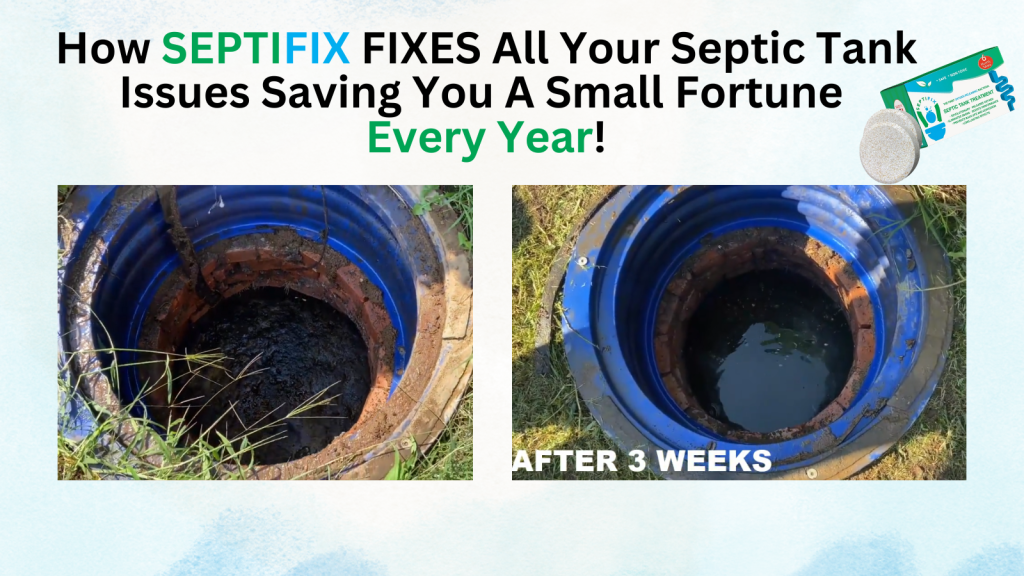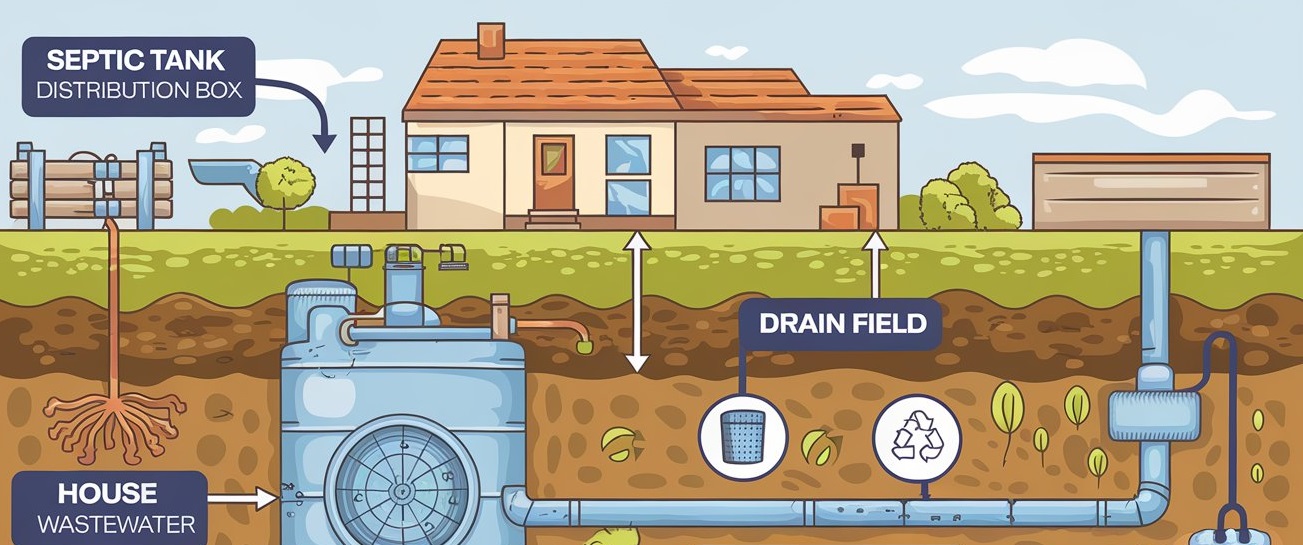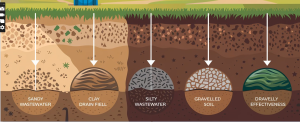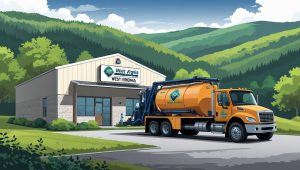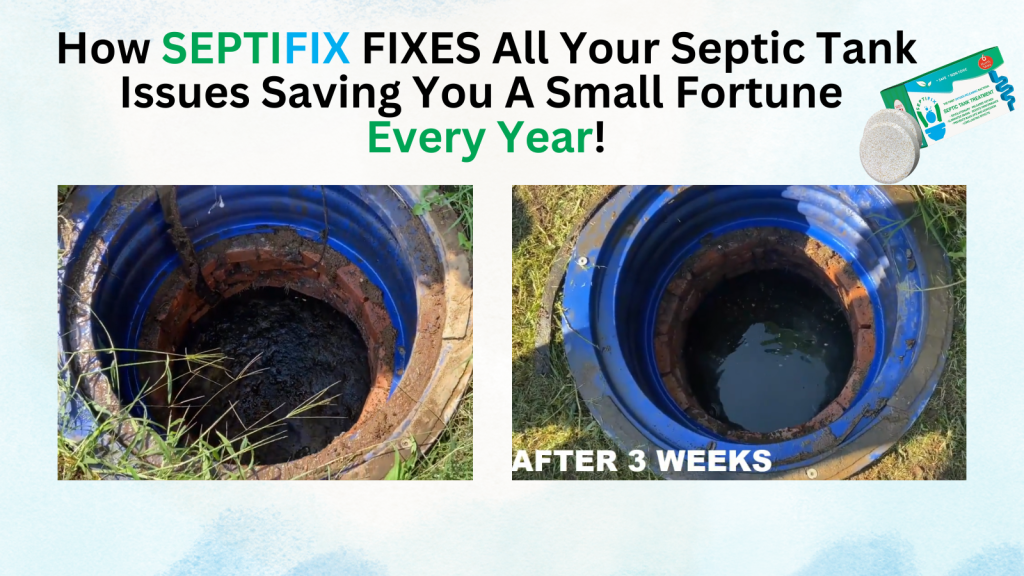Maintaining a septic system is crucial for homeowners relying on this waste management solution. Regular maintenance ensures that the system operates efficiently and prevents costly repairs. This article will explore the average maintenance costs associated with septic systems, including inspections, pumping schedules, and additives. Understanding these costs can help homeowners budget effectively and keep their systems running smoothly.
Table of Contents
- Understanding Septic System Maintenance
- Regular Maintenance Tasks
- Factors Influencing Maintenance Costs
- Average Cost Breakdown
- Long-term Benefits of Regular Maintenance
- Common Myths About Septic System Maintenance
- Tips for Effective Septic System Maintenance
- FQAS About Septic Tank Maintenance
- Septic Permit Links by State
Understanding Septic System Maintenance
What is a septic system?
A septic system is an underground wastewater treatment structure commonly used in rural areas without centralized sewer systems. It consists of a septic tank and a drain field that treat household wastewater. The tank collects waste and allows solids to settle, while the drain field disperses treated effluent into the soil for further filtration. Key components of a septic system
- Septic Tank: Holds wastewater for treatment. It typically consists of concrete, fiberglass, or plastic.
- Drain Field: Disperses treated effluent into the soil, allowing natural filtration.
- Pipes and Filters: Facilitate flow and prevent solids from entering the drain field.
- Soil Absorption System: The final treatment stage where bacteria in the soil further break down contaminants.
Regular Maintenance Tasks
Inspections
Regular inspections are essential to identify potential issues early. The EPA recommends inspecting your septic system every 1 to 3 years, with an average cost ranging from $100 to $300 per inspection. During an inspection, professionals check for signs of leaks, clogs, or other issues that could affect system performance. For detailed guidelines on inspections, refer to the EPA’s Homeowner’s Guide to Septic Systems.
Pumping
Septic tanks should be pumped every 3 to 5 years, depending on household size and water usage. The average cost for pumping ranges from $250 to $500. Pumping removes accumulated solids that can clog the tank and drain field, ensuring proper function. For more information on pumping frequency and practices, check out the Septic System Maintenance & Inspection Pocket Guide.
Additives
While some homeowners use additives to enhance bacterial activity in their tanks, their effectiveness is debated among experts. Additives typically cost between $10 and $30 per treatment. It’s essential to consult with professionals before using additives, as they may not be necessary if regular maintenance is performed.
Factors Influencing Maintenance Costs
- Household Size: Larger households generate more waste, requiring more frequent pumping and inspections.
- Type of Septic System: Alternative systems with mechanical components may incur higher maintenance costs due to additional parts needing service.
- Local Regulations: Some areas mandate more frequent inspections or pumping due to environmental regulations aimed at protecting water quality.
- Soil Type: The type of soil in your area can affect how well wastewater is absorbed and filtered in the drain field.
- Seasonal Factors: Heavy rainfall or drought conditions can impact how well your septic system functions, potentially leading to increased maintenance needs.
Average Cost Breakdown
| Service Type | Average Cost Range |
|---|---|
| Inspections | $100 – $300 |
| Pumping | $250 – $500 |
| Additives | $10 – $70 |
Costs can vary significantly based on geographic location and service provider rates. For instance, urban areas may have higher service costs compared to rural regions due to demand and availability of professionals.
Long-term Benefits of Regular Maintenance
Regular maintenance not only prevents costly repairs but also extends the lifespan of your septic system by ensuring it operates efficiently. Additionally, maintaining your system protects local water quality by preventing contamination from untreated wastewater. Some benefits include:
- Cost Savings: Addressing small issues before they escalate into major repairs can save homeowners thousands of dollars.
- Environmental Protection: A well-maintained septic system minimizes the risk of groundwater contamination.
- Increased Property Value: Homes with functioning septic systems are more attractive to buyers who want peace of mind regarding waste management.
Common Myths About Septic System Maintenance
- Myth: You don’t need to pump your tank if you use additives.
Reality: Additives cannot replace regular pumping; they merely supplement it. - Myth: All septic systems are the same.
Reality: Different systems require different maintenance practices based on design and local regulations. - Myth: You can flush anything down the toilet as long as you pump regularly.
Reality: Flushing inappropriate items can damage your system regardless of pumping frequency.
Tips for Effective Septic System Maintenance
- Keep Records: Maintain a log of all inspections, pumpings, and repairs to track your system’s health over time.
- Educate Household Members: Ensure everyone knows what can and cannot be flushed down the toilet or poured down drains.
- Monitor Water Usage: Be mindful of water consumption; excessive use can overload your septic system.
- Landscaping Considerations: Avoid planting trees or shrubs near your drain field to prevent root intrusion.
- Regularly Check for Signs of Trouble: Look out for slow drains, unpleasant odors, or wet spots in your yard as indicators that your system may need attention.
Conclusion
In summary, understanding the average maintenance costs for septic systems is vital for homeowners. Regular inspections, timely pumping, and appropriate use of additives can save money in the long run while ensuring environmental safety. Investing in proper maintenance not only protects your home but also contributes to community health by preventing pollution.
FQAS About Septic Tank Maintenance
How often should I pump my septic tank?
Septic tanks should generally be pumped every 3 to 5 years. However, the frequency can depend on several factors, including household size, water usage, and the tank’s capacity. Larger households or those using more water may need to pump more frequently to prevent backups and ensure proper functioning.
What are the signs that my septic tank is full?
Common signs that your septic tank may be full include slow drains, gurgling sounds in the plumbing, foul odors around the tank or drain field, and wet spots in your yard. If you notice any of these symptoms, it’s advisable to schedule a pumping service.
Can I use bleach or other harsh chemicals in my septic system?
Using bleach and other harsh chemicals is not recommended for septic systems. These substances can kill beneficial bacteria that are essential for breaking down waste in the tank. Instead, opt for biodegradable and non-toxic cleaning products to maintain a healthy bacterial balance.
What happens during a septic pumping service?
During a septic pumping service, a technician will remove the sludge and scum from your septic tank using a vacuum truck. They will also inspect the tank’s inlet and outlet pipes to ensure they are functioning correctly and may provide a detailed report on the condition of your system.
How can I maintain a healthy septic system?
To maintain a healthy septic system, regularly schedule inspections (at least every 1 to 3 years), pump the tank as needed, conserve water, avoid flushing inappropriate items (like wipes or grease), and use eco-friendly cleaning products. Proper maintenance helps prevent costly repairs and extends the life of your system.
Is it okay to plant trees over my leach field?
It is not advisable to plant trees or large shrubs over your leach field. The roots can invade the drain lines, causing blockages and damage to the system. Instead, consider planting grass or low-growing plants that do not have invasive root systems.
What should I do if my septic system backs up?
If your septic system backs up, stop using water immediately to prevent further overflow. Contact a professional septic service provider to assess the situation and perform necessary pumping or repairs. Avoid attempting DIY fixes as they may exacerbate the problem.
Can I add bacteria additives to my septic tank?
While some homeowners use bacterial additives to enhance the breakdown of waste, most experts agree that regular pumping and proper maintenance are sufficient for keeping bacteria levels balanced. If you choose to use additives, select products specifically designed for septic systems and consult with a professional.
How does heavy rainfall affect my septic system?
Heavy rainfall can saturate the ground around your septic system, potentially leading to overloading of the drain field. This can cause backups or slow drainage as the soil becomes less effective at filtering wastewater. If you anticipate heavy rain, reduce water usage during this time.
Who is responsible for maintaining a septic system?
The homeowner is typically responsible for maintaining their septic system, which includes regular inspections, pumping, and ensuring proper use of the system. It’s important for all household members to understand what should and shouldn’t be flushed down toilets or drains to avoid damaging the system.
